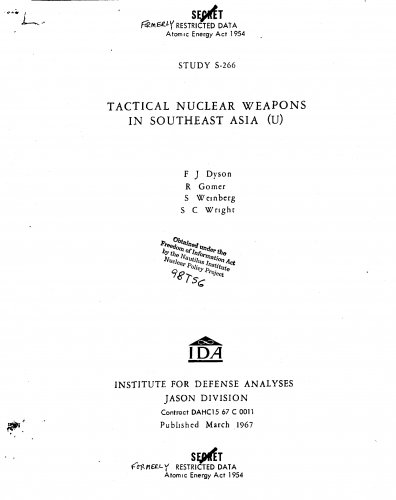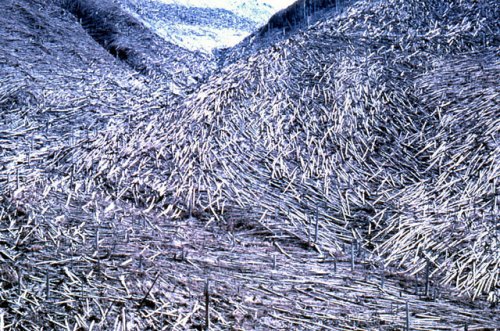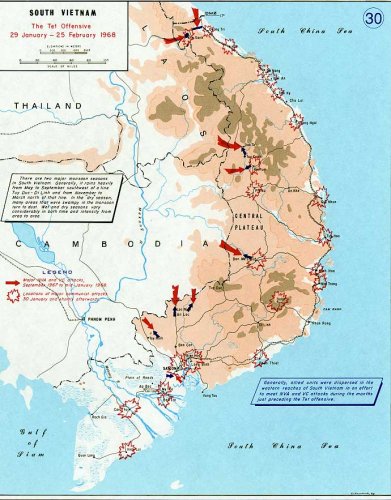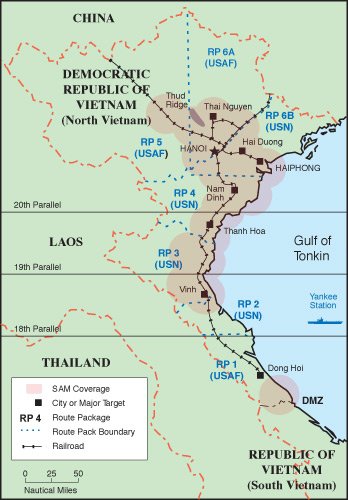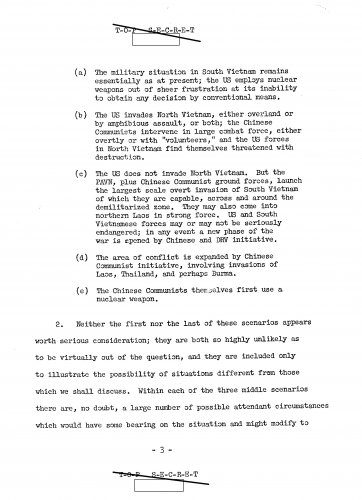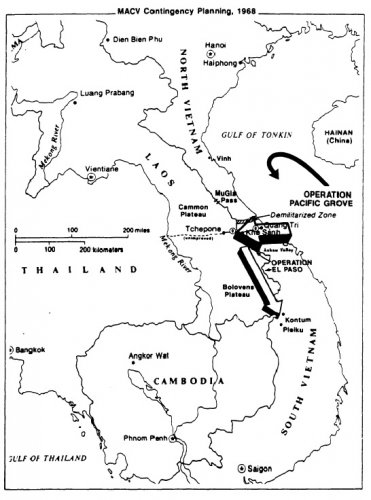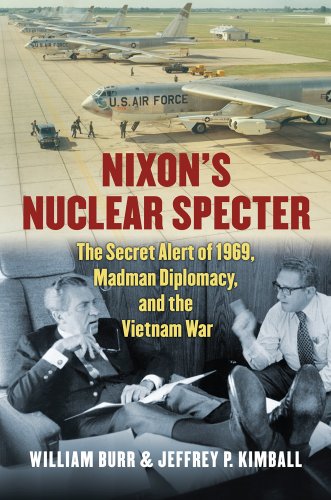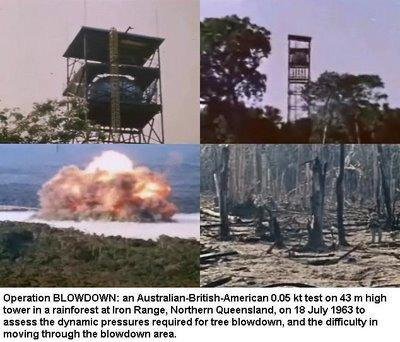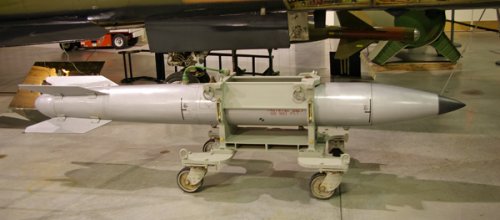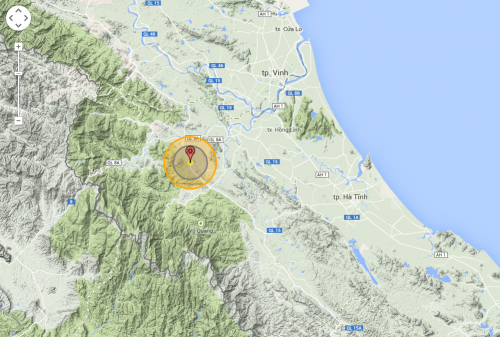- Joined
- 29 July 2009
- Messages
- 1,518
- Reaction score
- 1,512
I don't believe this topic has been introduced before, and if so please excuse the thread.
In 1959 the Aerospace Research Projects Agency (ARPA) organized a think tank, code named JASON, composed of America's leading scientist to analyze various high level programs and topics that could influence the outcome of war. One of the studies conducted by the group was the idea of using tactical nuclear weapons (TNW) against hard targets in North Vietnam. The study concluded that specific targets could be best handled by the used of TNW, however the political fallout and the threat of escalation (the use of strategic nuclear weapons) was the study's downfall.
Just wondering what this group thought about the use of TNW against bridges, the Ho Chi Minh Trail, VC tunnels, etc in the SEA theater, and what would be the acceptable scenario for its use.
The JASON project can be found at the following link:
http://nautilus.org/essentially-annihilated/essentially-annihilated-what-is-jason/
In 1959 the Aerospace Research Projects Agency (ARPA) organized a think tank, code named JASON, composed of America's leading scientist to analyze various high level programs and topics that could influence the outcome of war. One of the studies conducted by the group was the idea of using tactical nuclear weapons (TNW) against hard targets in North Vietnam. The study concluded that specific targets could be best handled by the used of TNW, however the political fallout and the threat of escalation (the use of strategic nuclear weapons) was the study's downfall.
Just wondering what this group thought about the use of TNW against bridges, the Ho Chi Minh Trail, VC tunnels, etc in the SEA theater, and what would be the acceptable scenario for its use.
The JASON project can be found at the following link:
http://nautilus.org/essentially-annihilated/essentially-annihilated-what-is-jason/

